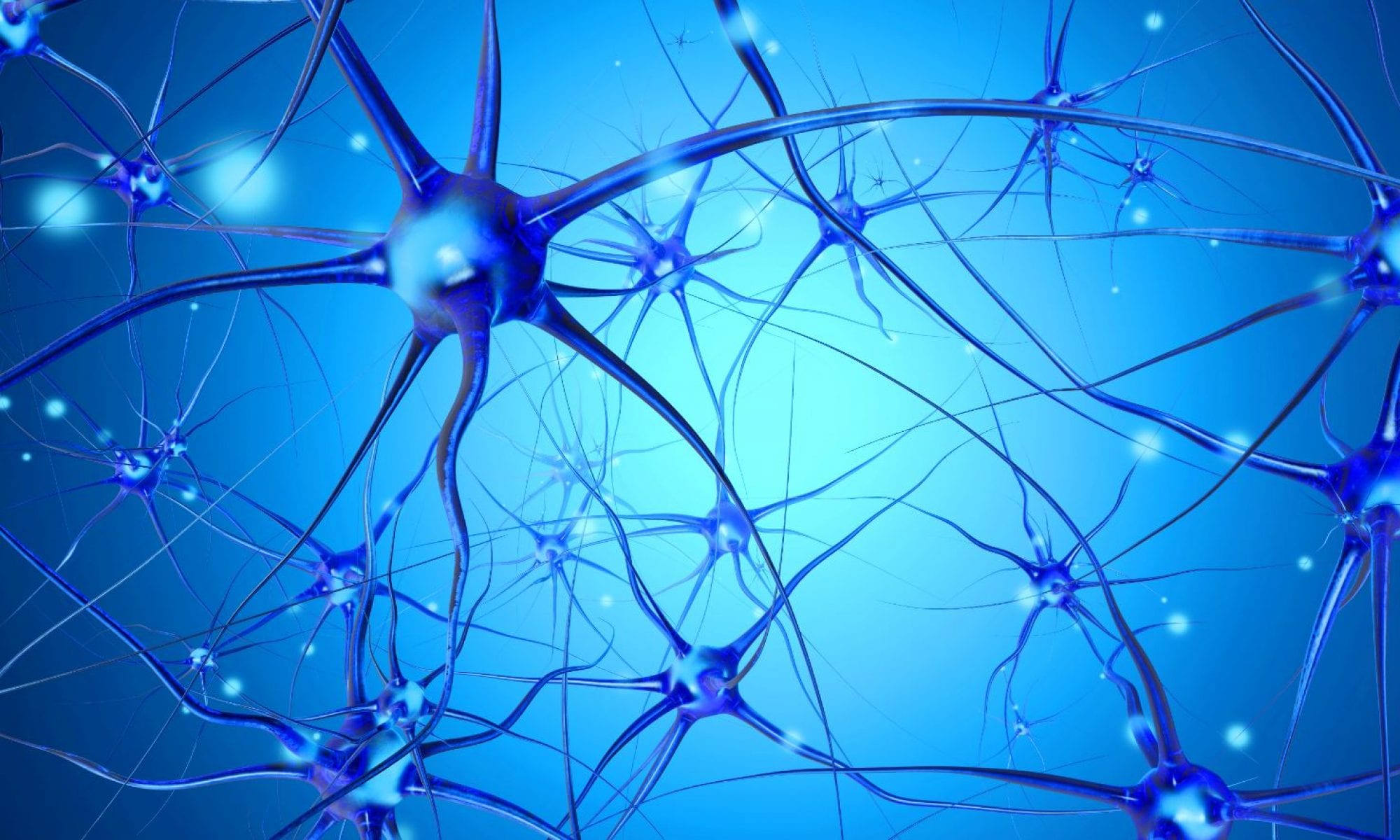Press Release:
Kessler Foundation researchers have identified several practical and technical barriers to the widespread use of surface electromyography (sEMG) in clinical neurorehabilitation. Based on their holistic analysis of these factors, the researchers suggest a collaborative, interdisciplinary, and unified approach to enable rehabilitation professionals to routinely use sEMG. The article, “Use of Surface EMG in Clinical Rehabilitation of Individuals With SCI: Barriers and Future Considerations” (doi: 10.3389/fneur.2020.578559), was published December 18, 2020, in Frontiers in Neurology. It is available open access at https://www.ncbi.nlm.nih.gov/pmc/articles/PMC7780850/
The authors are Rakesh Pilkar, PhD, Kamyar Momeni, PhD, Arvind Ramanujam, Manikandan Ravi, Erica Garbarini, and Gail F. Forrest, PhD, affiliated with the Center for Mobility and Rehabilitation Engineering Research and the Tim and Caroline Reynolds Center for Spinal Stimulation at Kessler Foundation.
sEMG is a noninvasive technology that detects, records, and interprets the electrical activity of muscles. The quantifiable information on myoelectric output recorded by sEMG is extremely useful in assessing impairment and potentially determining patient-specific and effective interventions for individuals with spinal cord injury (SCI). However, while sEMG is commonly used in neurorehabilitation research, its integration into clinical practice has been limited, according to lead author Dr. Pilkar, senior research scientist at the Center for Mobility and Rehabilitation Engineering Research.
Continue reading “Researchers identify barriers to use of surface electromyography in neurorehabilitation”